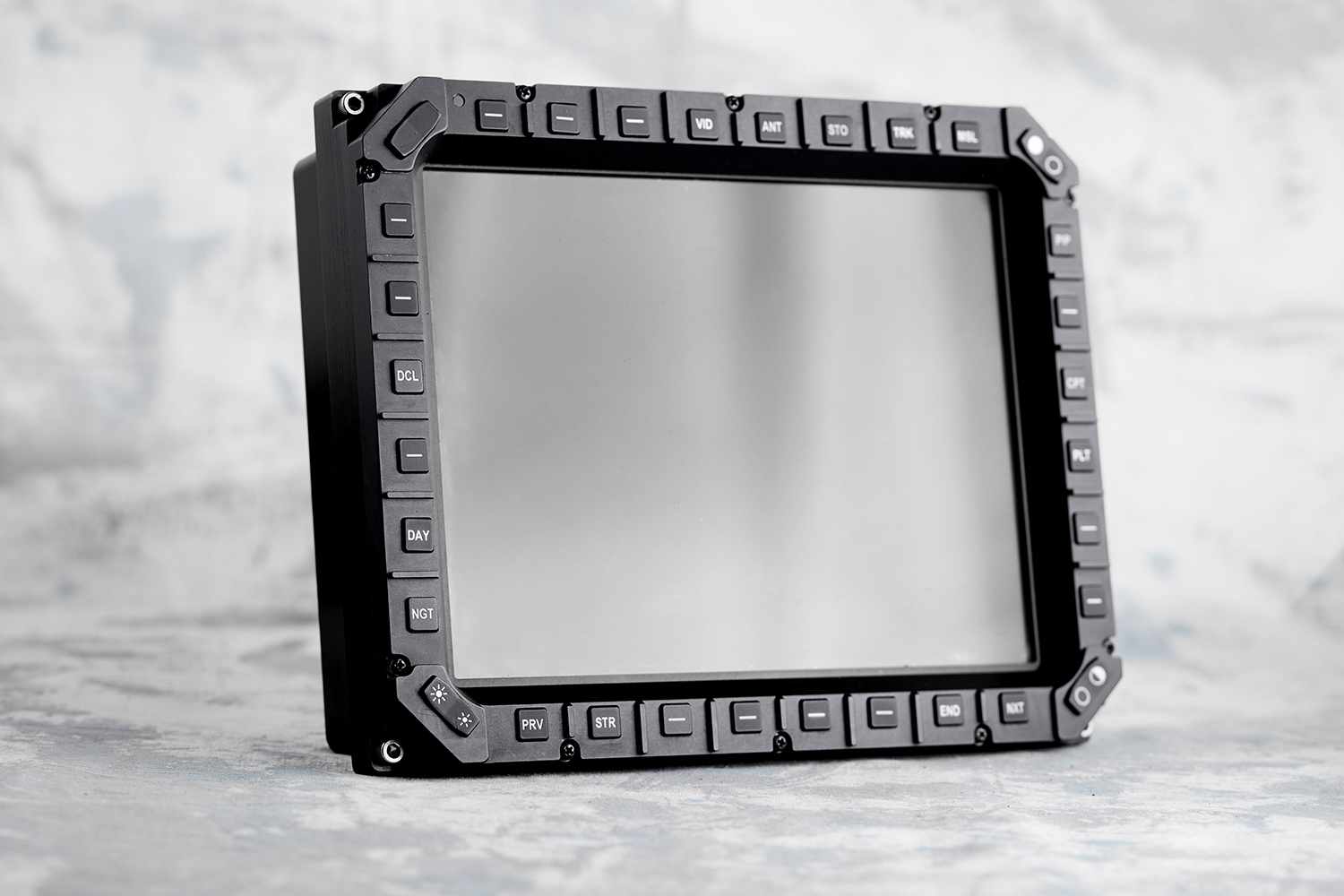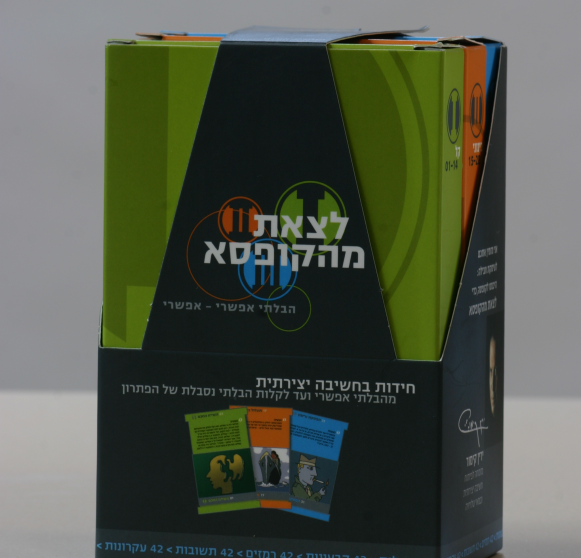
Turbulent flight conditions present unique challenges for rugged touch screen displays in aircraft cockpits, where pilots must maintain precise control over critical systems while experiencing significant g-forces, vibrations, and rapid altitude changes. Smart cockpit technology has evolved to address these challenges through advanced rugged touch screen display solutions that ensure reliable operation regardless of flight conditions.
Enhanced Pilot Control During High-G Maneuvers
Traditional mechanical controls can become difficult to operate accurately during turbulent conditions when pilots experience significant g-forces. Rugged touch screen displays equipped with pressure-sensitive activation and palm rejection technology allow pilots to maintain precise control even when experiencing up to 9G acceleration forces common in military aircraft operations.
Multi-touch gesture recognition enables pilots to execute complex commands through intuitive finger movements, reducing the physical effort required compared to traditional switch and knob interfaces. This becomes particularly valuable during extended turbulent flight periods where pilot fatigue can compromise fine motor control accuracy.
Smart cockpit technology incorporates adaptive touch sensitivity algorithms that automatically adjust activation thresholds based on detected flight conditions. During turbulent periods, these systems increase touch pressure requirements to prevent accidental activation from involuntary hand movements while maintaining responsiveness for deliberate pilot inputs.
Advanced Vibration Dampening and Shock Resistance
Rugged touch screen displays designed for turbulent flight conditions incorporate multi-layer shock absorption systems that isolate sensitive touch sensors from aircraft vibrations. These systems typically utilize viscoelastic dampening materials and floating mount assemblies that can absorb vibrations across frequencies from 10Hz to 2000Hz without compromising touch accuracy.
Optical bonding technology eliminates air gaps between display layers, reducing parallax errors and improving touch accuracy during vibration exposure. This manufacturing technique also enhances display durability by preventing delamination failures common in conventional display assemblies subjected to continuous vibration stress.
Smart cockpit technology employs accelerometer-based compensation algorithms that detect aircraft movement patterns and apply predictive touch correction to account for pilot hand displacement during turbulence. This technology can predict and compensate for touch point drift caused by aircraft motion, ensuring accurate interface interaction even in severe turbulent conditions.
Temperature Stability and Optical Performance
Turbulent weather conditions often involve rapid temperature changes that can affect rugged touch screen display performance. Advanced thermal management systems maintain consistent touch sensitivity and optical clarity across temperature ranges from -40°C to +85°C, typical of high-altitude turbulent encounters.
Heated display assemblies prevent condensation and ice formation on touch surfaces during rapid altitude changes common in turbulent conditions. These systems utilize transparent conductive heating elements that maintain surface temperatures above dew points without interfering with touch sensor operation or optical transmission quality.
Anti-reflective coatings specifically designed for turbulent flight conditions maintain display visibility even when aircraft attitude changes rapidly expose cockpit displays to varying light angles. These specialized coatings reduce glare and improve contrast ratios under the dynamic lighting conditions encountered during turbulent flight operations.
Ergonomic Design for Turbulent Conditions
Rugged touch screen displays optimized for turbulent flight incorporate tactile feedback systems that provide physical confirmation of touch activation without requiring visual confirmation. Haptic feedback technology allows pilots to operate interfaces effectively even when visual attention must focus on external flight conditions during turbulent weather.
Smart cockpit technology includes voice command integration that provides alternative input methods when touch interface operation becomes challenging during severe turbulence. These systems utilize noise-canceling microphone arrays and advanced speech recognition algorithms specifically tuned for high-noise cockpit environments.
Modular interface layouts allow pilots to customize touch screen configurations based on anticipated flight conditions. During turbulent weather encounters, pilots can activate simplified interface modes that present only essential controls with larger touch targets and increased spacing to accommodate reduced fine motor control precision.
Reliability and Redundancy Features
Rugged touch screen displays for turbulent flight conditions incorporate dual-redundant touch sensor arrays that ensure continued operation even if individual sensor elements fail due to extreme stress conditions. These systems can automatically compensate for failed sensors while maintaining full interface functionality.
Self-diagnostic capabilities continuously monitor touch screen performance parameters and automatically adjust calibration settings to maintain optimal operation throughout extended turbulent flight periods. These systems can detect and compensate for sensor drift, temperature effects, and mechanical stress impacts in real-time.
Aeromaoz specializes in providing advanced rugged touch screen display solutions that excel in turbulent flight conditions, offering smart cockpit technology solutions that enhance pilot control effectiveness and safety during challenging weather encounters across military and commercial aviation applications.
Read More: Rugged HMI in Aerospace: Improving Control, Safety, and Efficiency




Write a comment ...